Installation instructions for multi-sucker corrosion-resistant Semi-submersible sewage vertical suspended sump pump
Before installing and using pumps, you must read the instructions in detail to avoid damage to the equipment due to improper use. And the quality of pump installation has a very important impact on the smooth operation and service life of the pump, so the installation and correction work must be carefully carried out, and should not be hasty.
1. Installation sequence of multi-sucker corrosion-resistant submerged sewage pump
1.1 The assembly sequence of the pump is from bottom to top according to the structural drawing.
1.2 According to the equipment ordered and the actual installation conditions on site, the following methods can be used to install the pump.
1.2.1 Concrete Foundation
1.2.1.1 The pump is hoisted by hanging the foot bolt through the bottom plate and fixed by nuts and washers to ensure that the foot bolt is freely suspended in the reserved hole, and then the pump is put into the pump pit. In the middle of the base plate and the foundation, a pair of tine pads are used for correction (if the original concrete foundation has been corrected, tine pads can no longer be used for correction).
1.2.1.2 Place the level gauge on the bottom plate, correct the level of the pump bottom plate (less than 0.5m m/m) by adjusting the tine pad, and tighten the anchor bolts properly to prevent moving.
1.2.1.3 Use concrete to pour anchor bolt holes.
1.2.1.4 After the concrete is dry and consolidated, check whether the floor and foot bolts are loose, tighten the foot bolts properly, and re-check the level.
1.2.2 Groove Steel Seat Foundation
Users of 1.2.2.1 channel steel base should be leveled beforehand and installed beforehand.
1.2.2.2 Pump is hoisted and put into pump pit. Connection bolt is used to fasten the pump and channel steel seat.
1.3 If the pump is equipped with a wrapping filter, the wrapping filter shall be placed in the pump pit before the pump is put into the pump pit. At this point, the pump body is in place.
1.4 Connect the outlet pipeline and install the monitoring instrument.

2. Notices for multi-sucker corrosion-resistant submerged sewage pump
2.1 When hoisting, pay attention to protect the pump from damage.
2.2 The pump pit size meets the minimum pump pit installation size.
2.3 Both of the above installation foundations can be equipped with shock absorber pads to reduce the vibration of the pump and improve the performance of the pump set.
2.4 Pump installation should be spacious enough to facilitate maintenance work.
2.5 When the pump is on mud or floating sand, the pump will sink due to vibration. In this case, it is recommended that the pump be placed on a larger bottom plate.
2.6 Gate valve and check valve should be installed between pump and outlet pipe. The outlet pipeline shall be provided with another bracket, and the weight of the outlet pipeline shall not be added to the pump.
2.7 If the temperature drops below 0 C and the sewage does not freeze, the pump can continue to use.
2.8 The inner diameter of the outlet pipe should be matched with the inner diameter of the outlet of the pump (it is allowed to increase the inner diameter of the outlet pipe, but not to reduce it).
2.9 Pumps used in sewage, such as mud and debris around them, will reduce the speed of transmission and shorten the service life of pumps. In the case of more debris in the pool, in order to prevent large debris from entering the pump, it is suggested to place a wrapping filter on the periphery of the pump to wrap up the pump. The size of the opening and the overflow area of the wrapped filter mesh should be appropriate to avoid affecting the performance of the pump.
2.10 Pumps shall not be moved or lifted until the power supply is cut off.

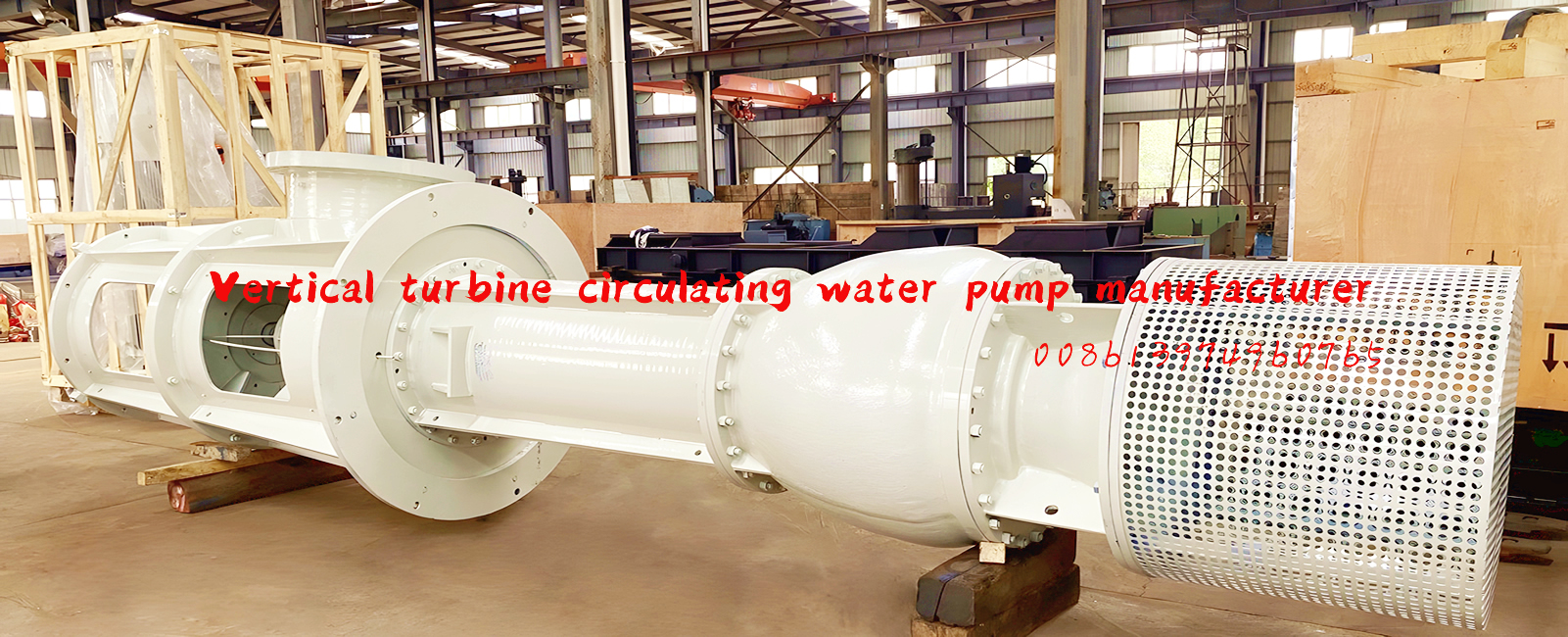
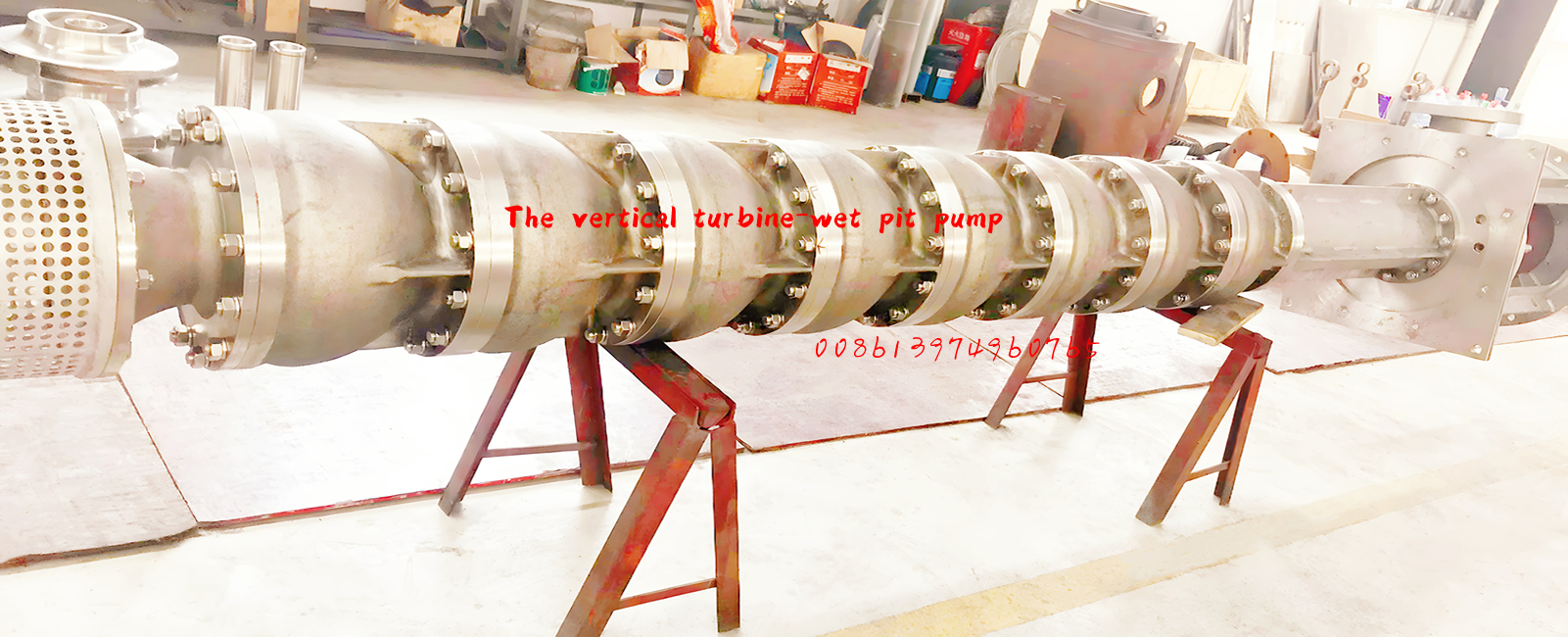
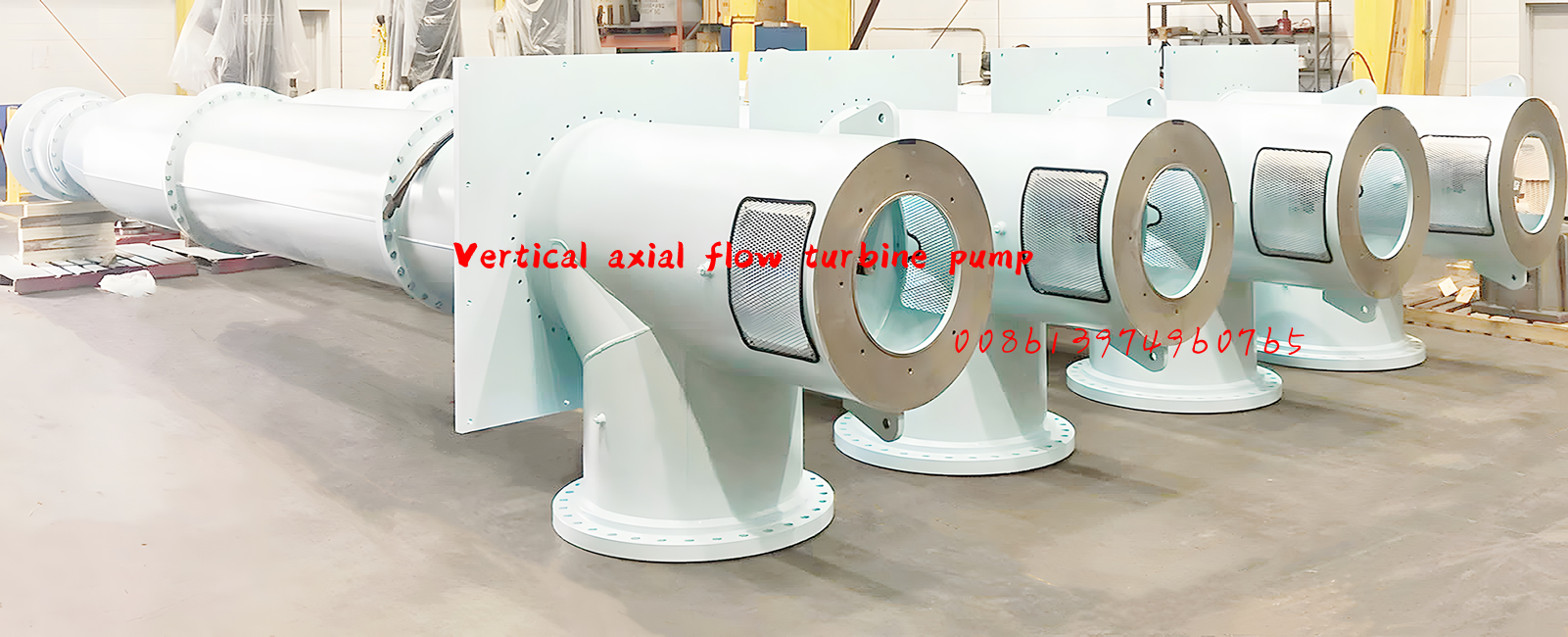
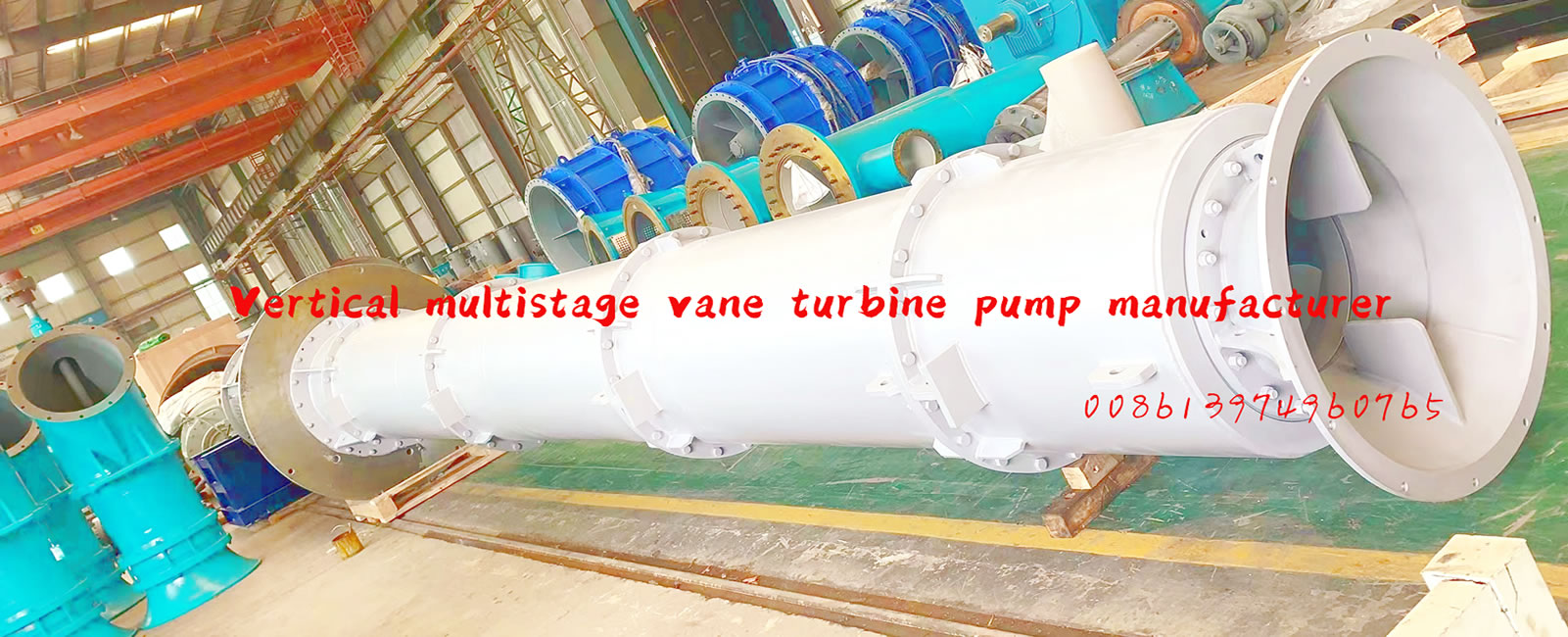
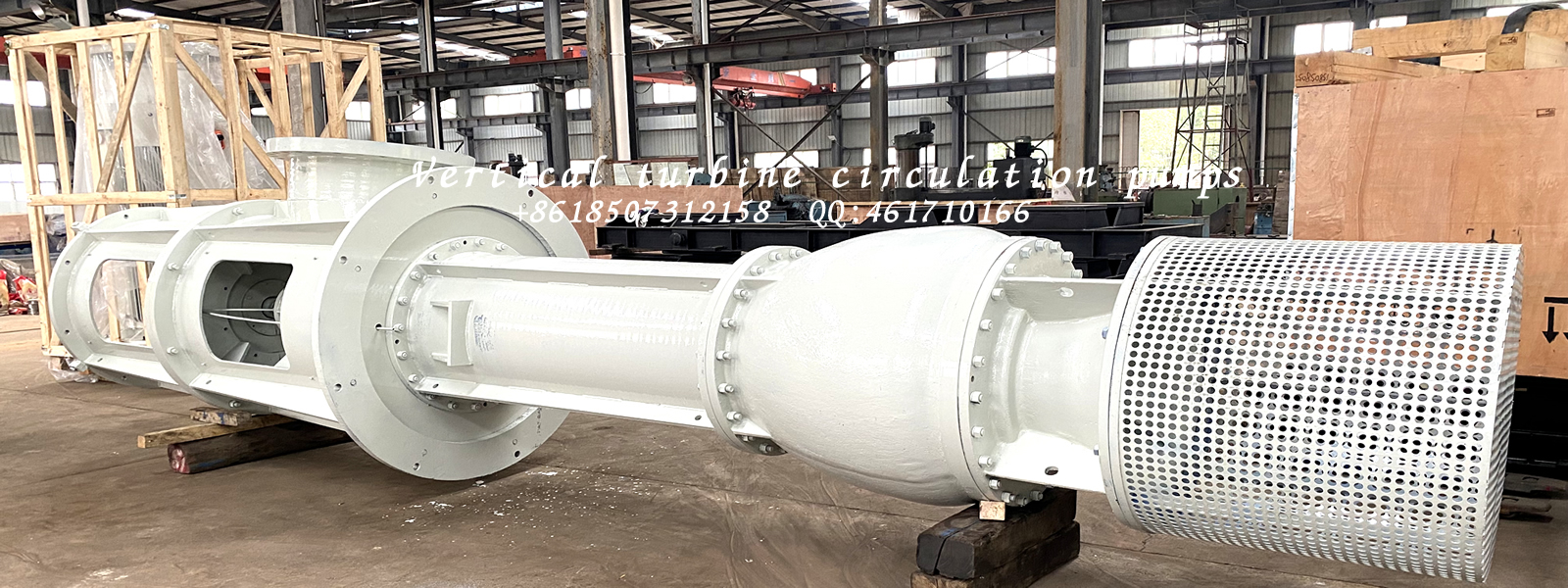

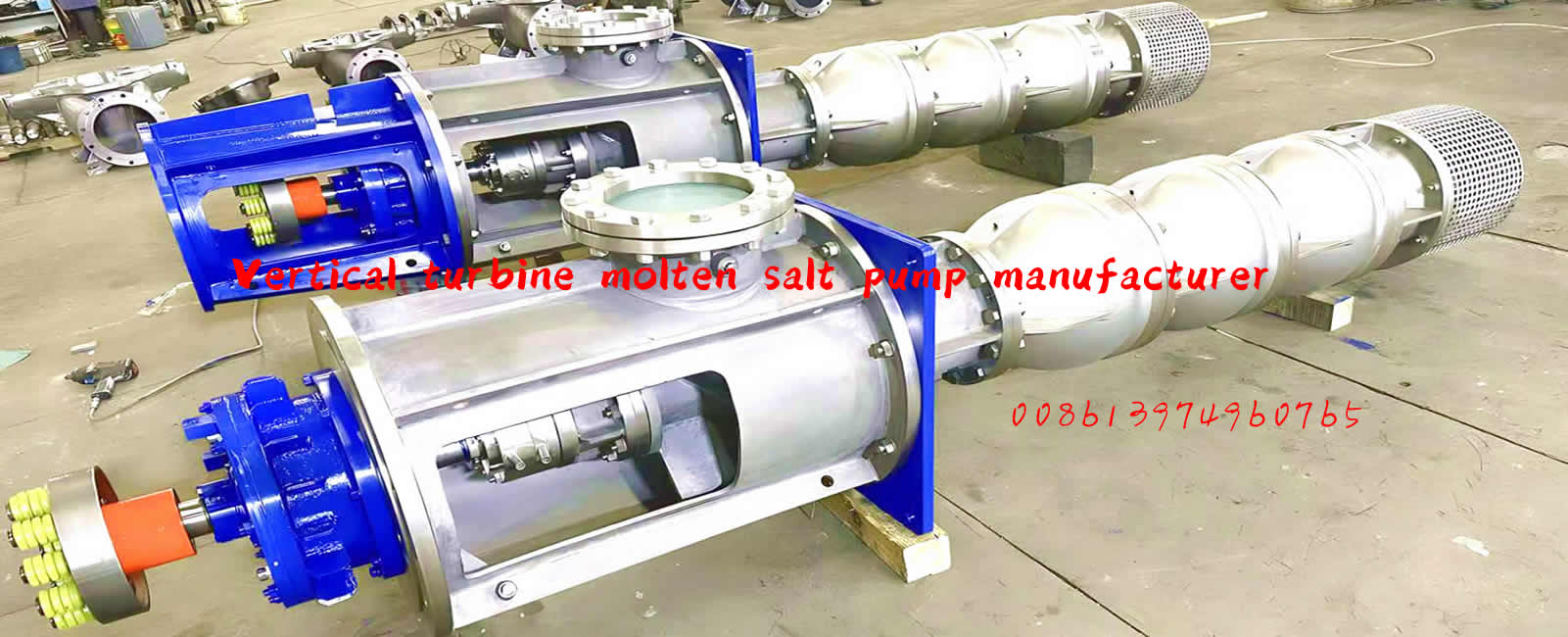
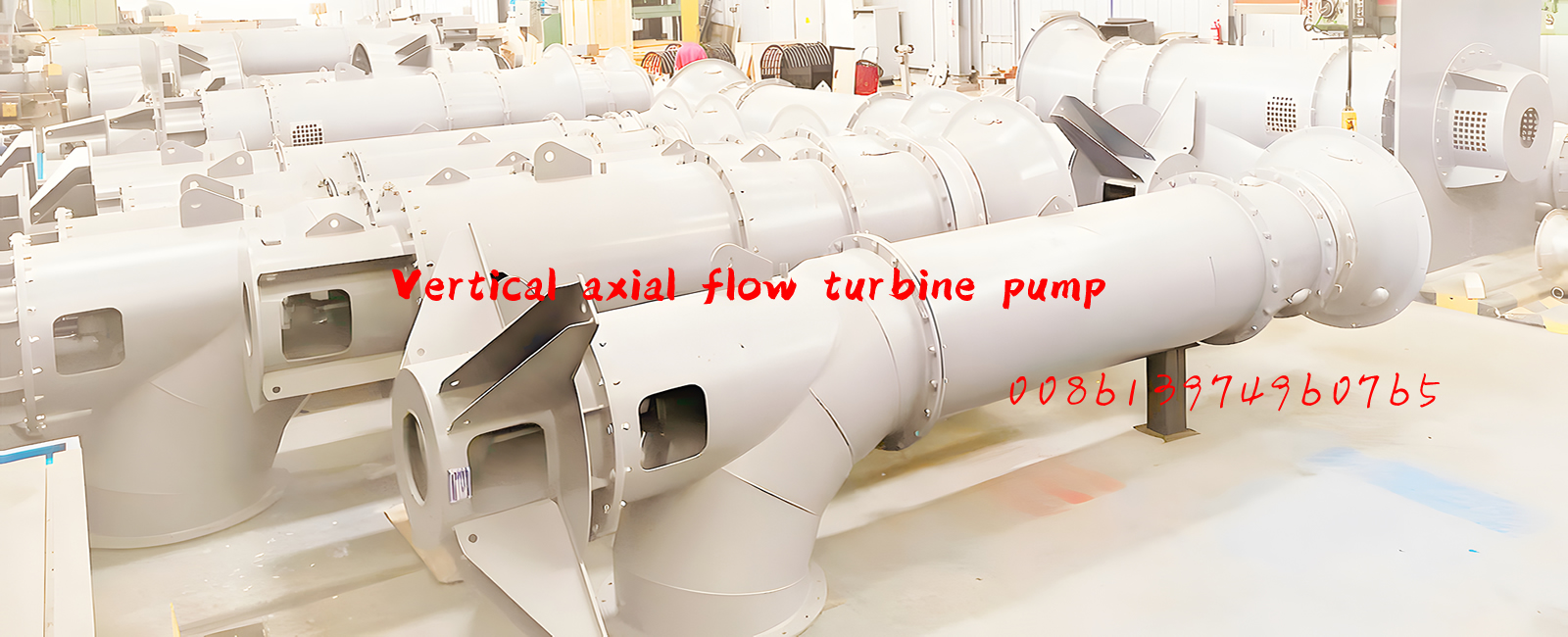
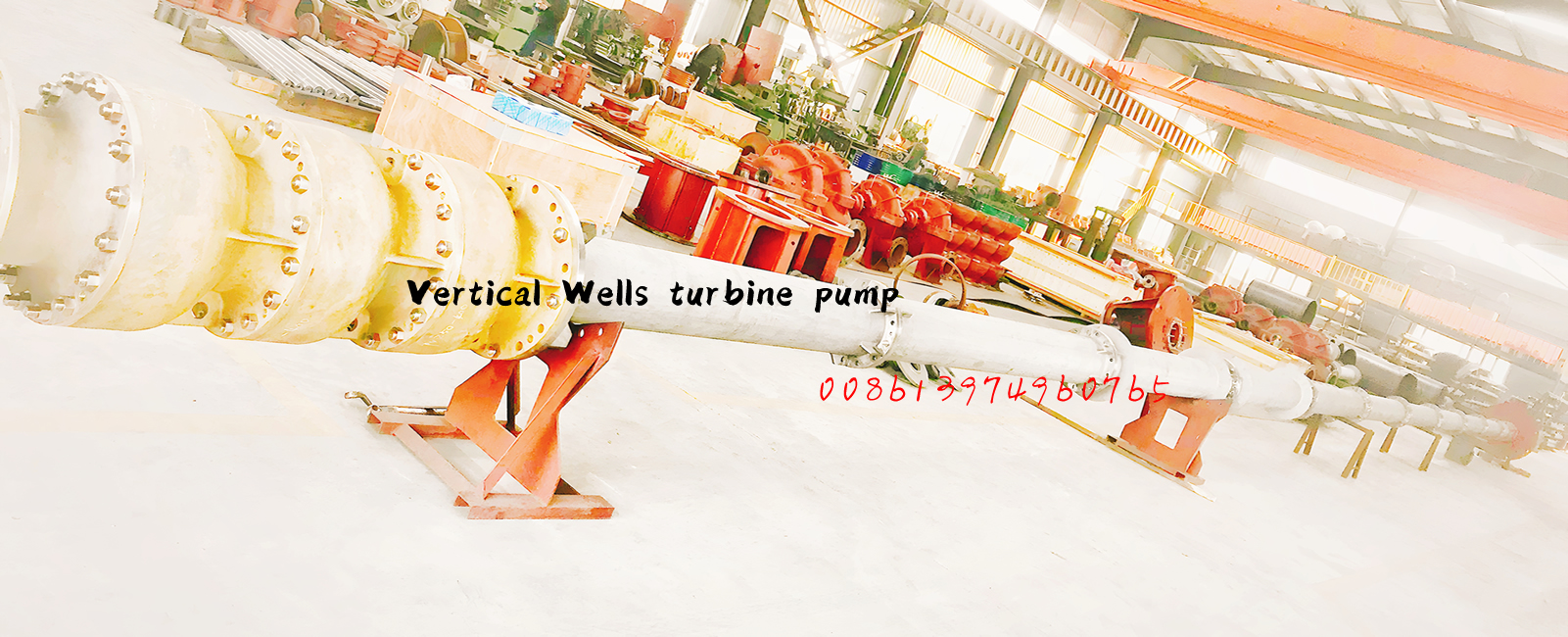
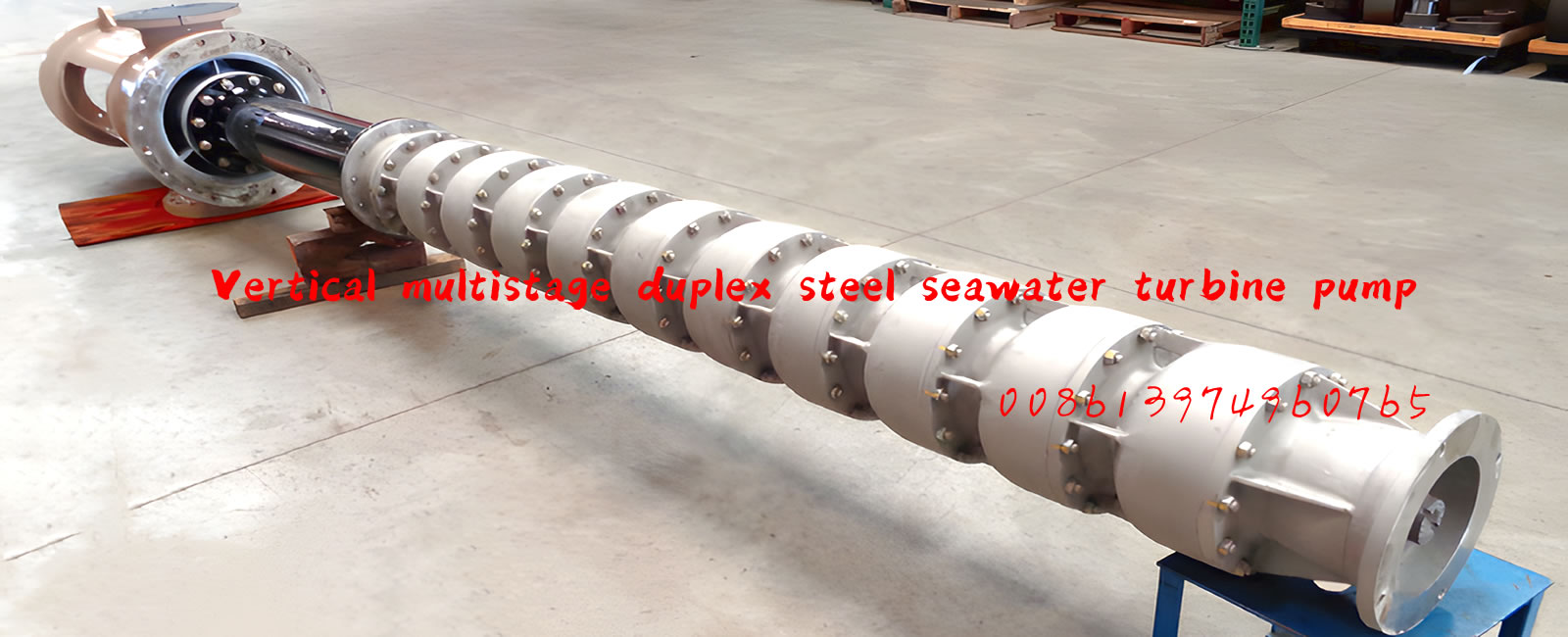
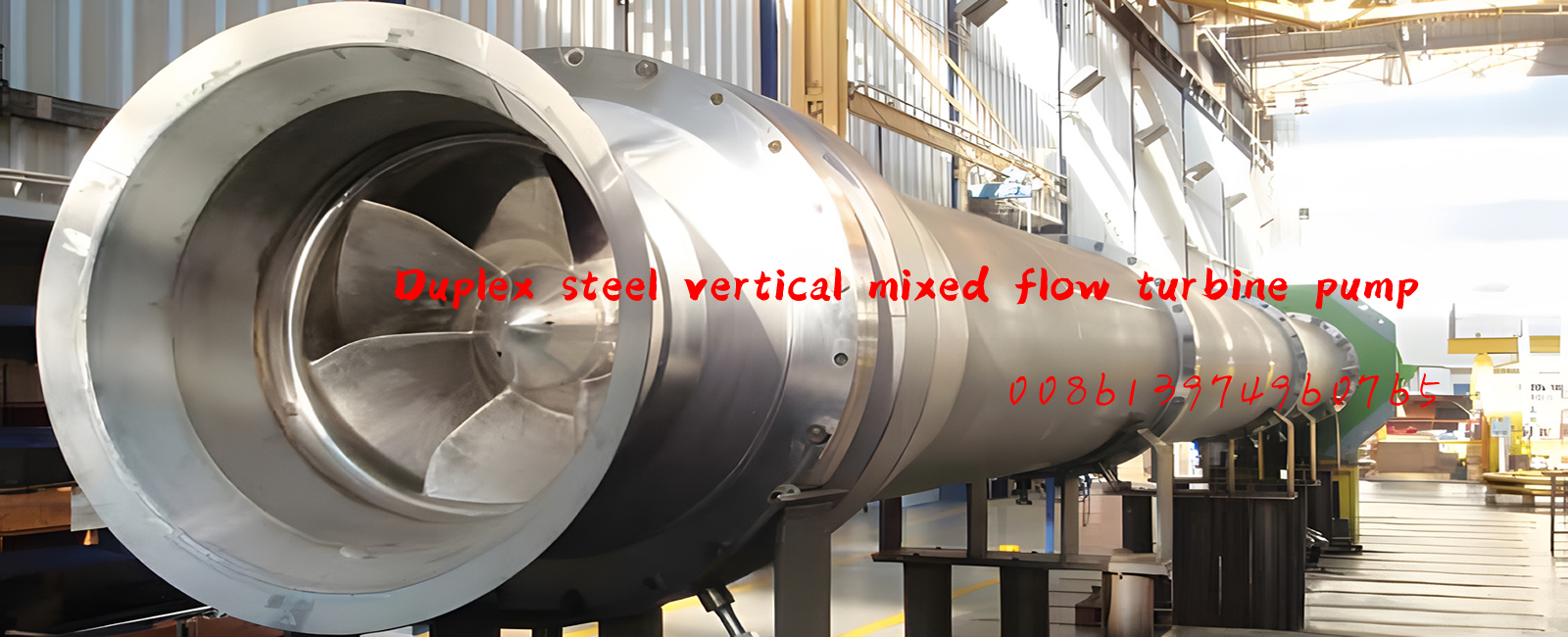
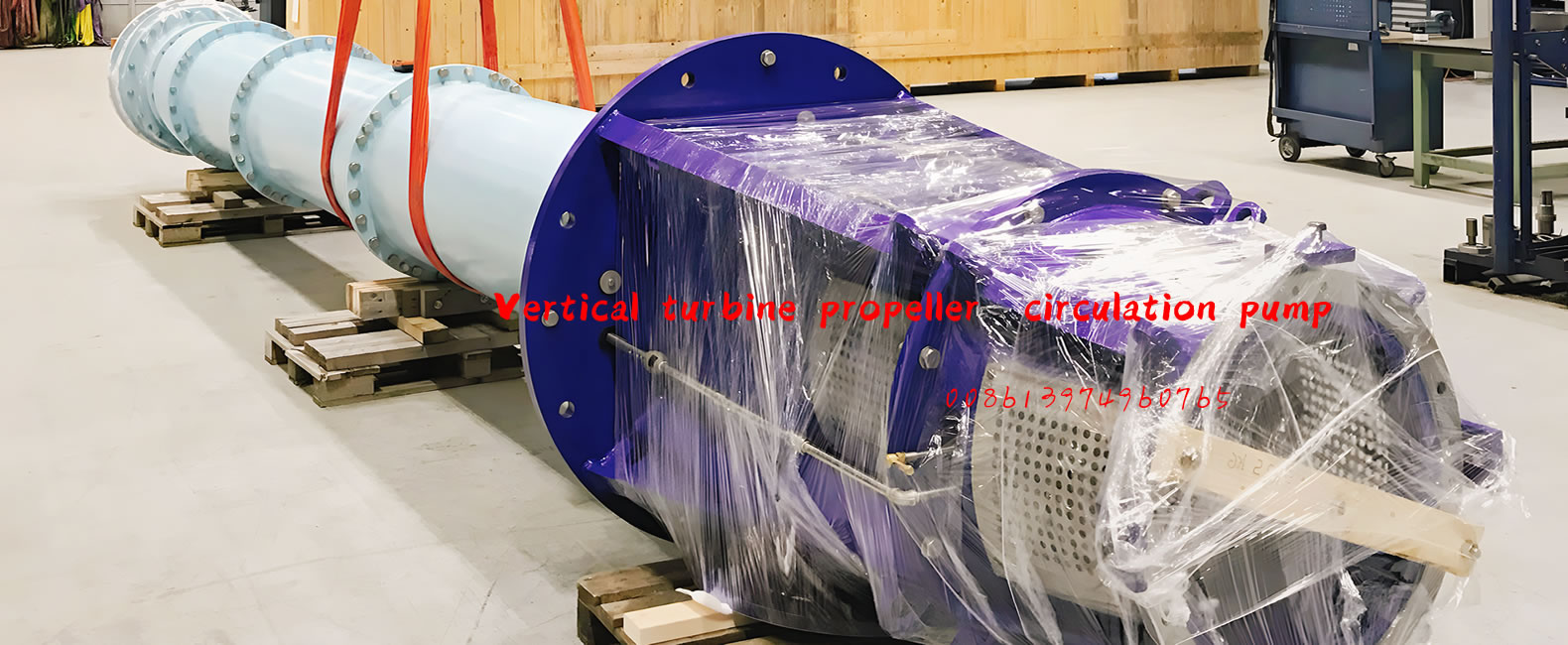
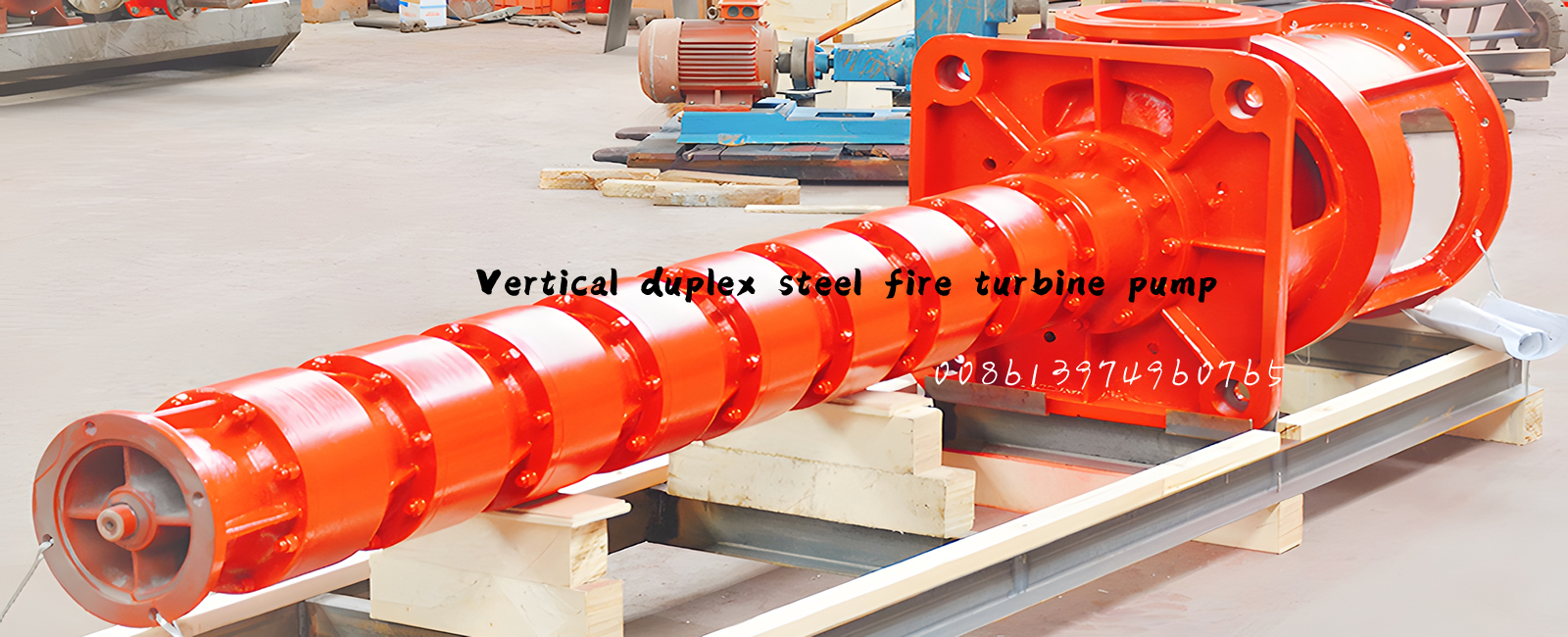
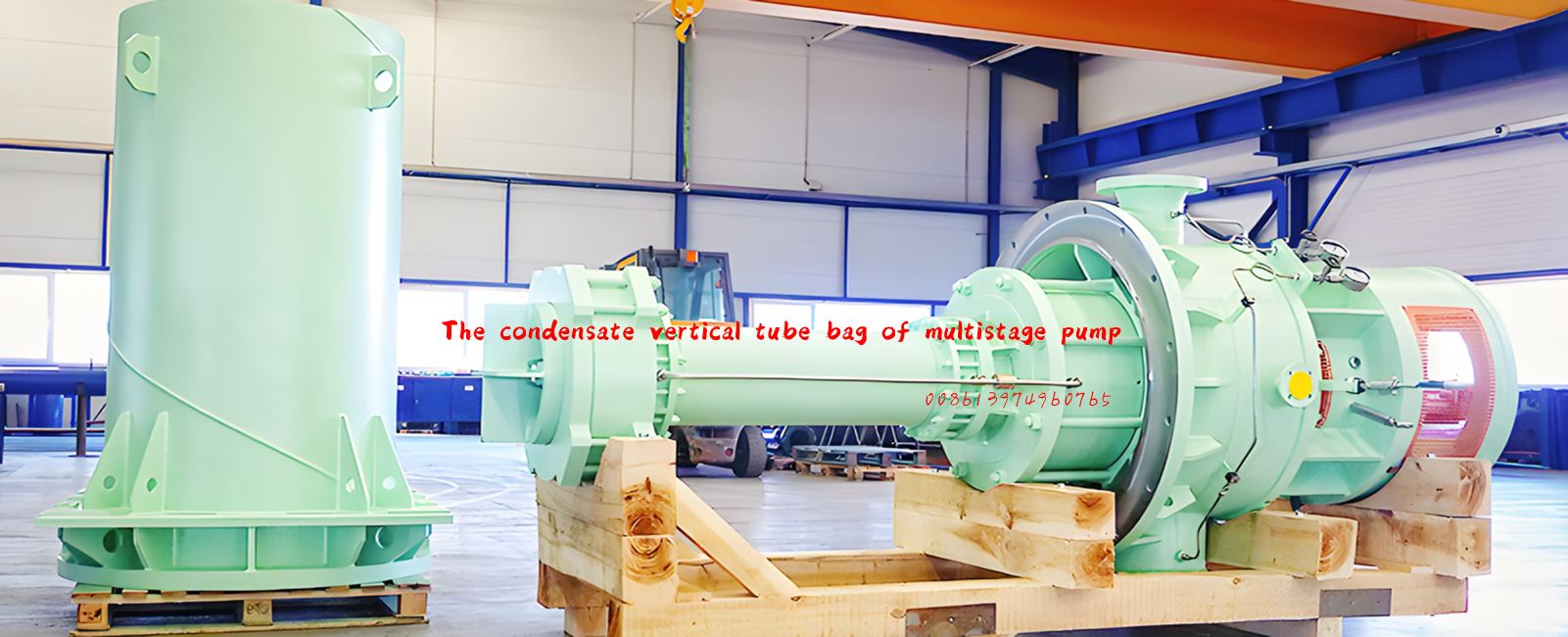
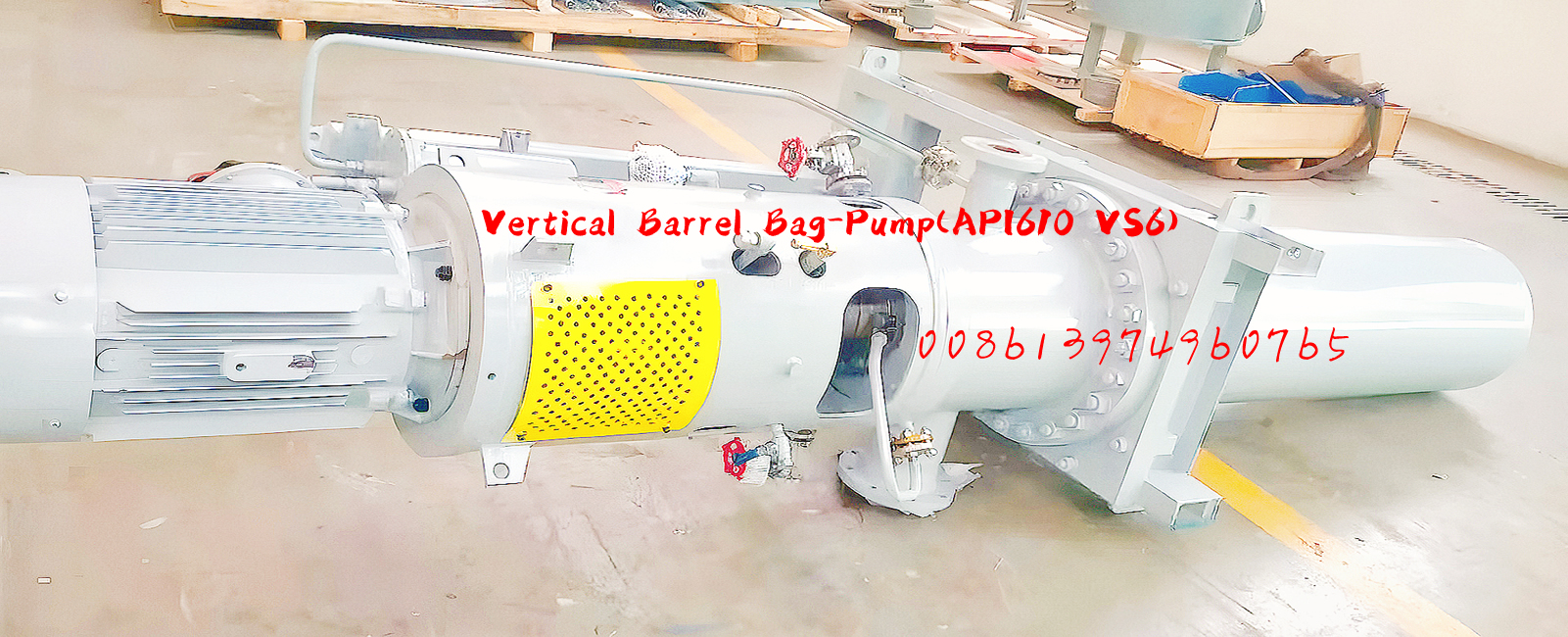
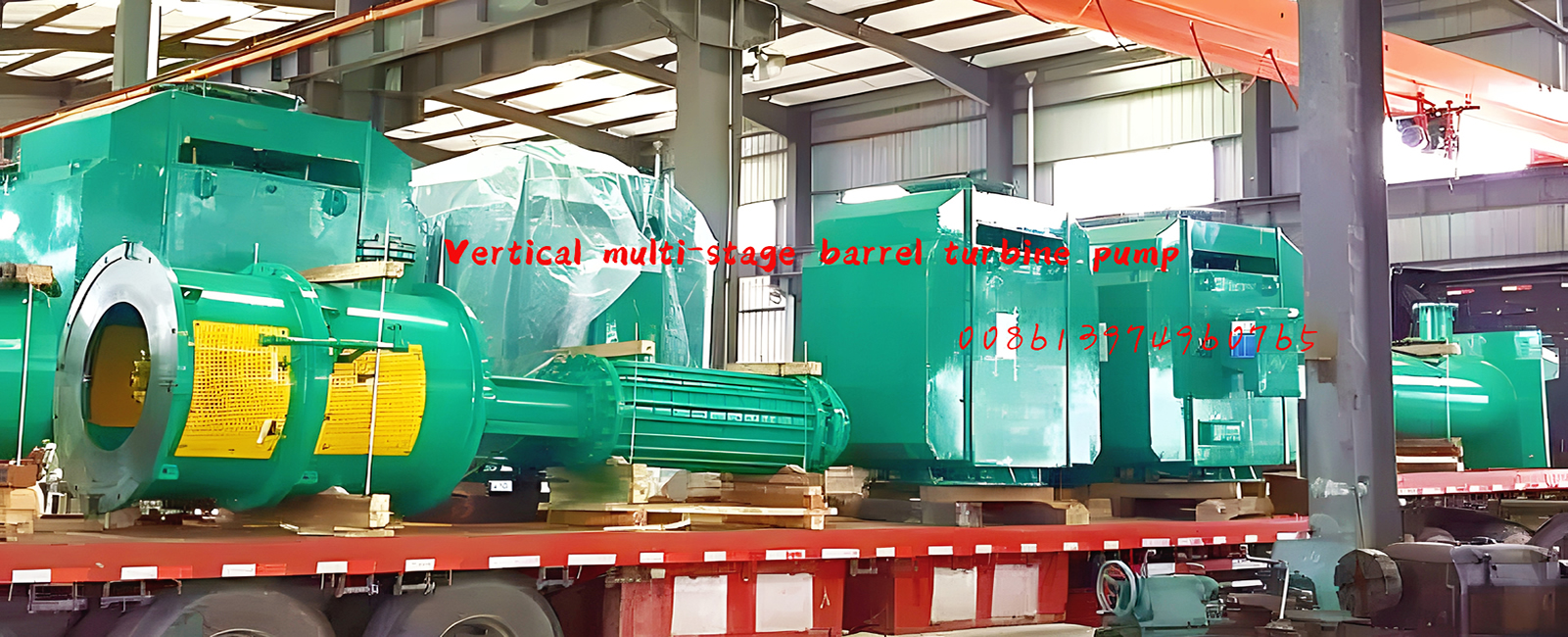
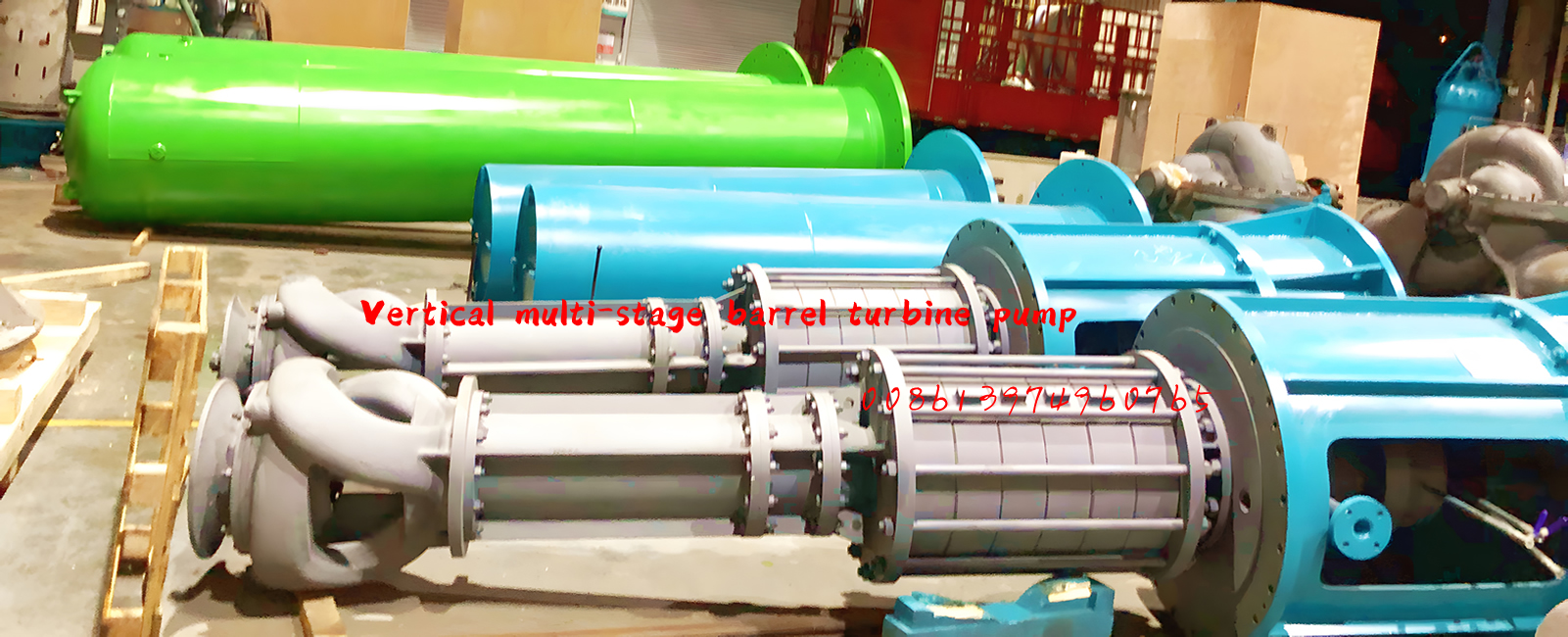
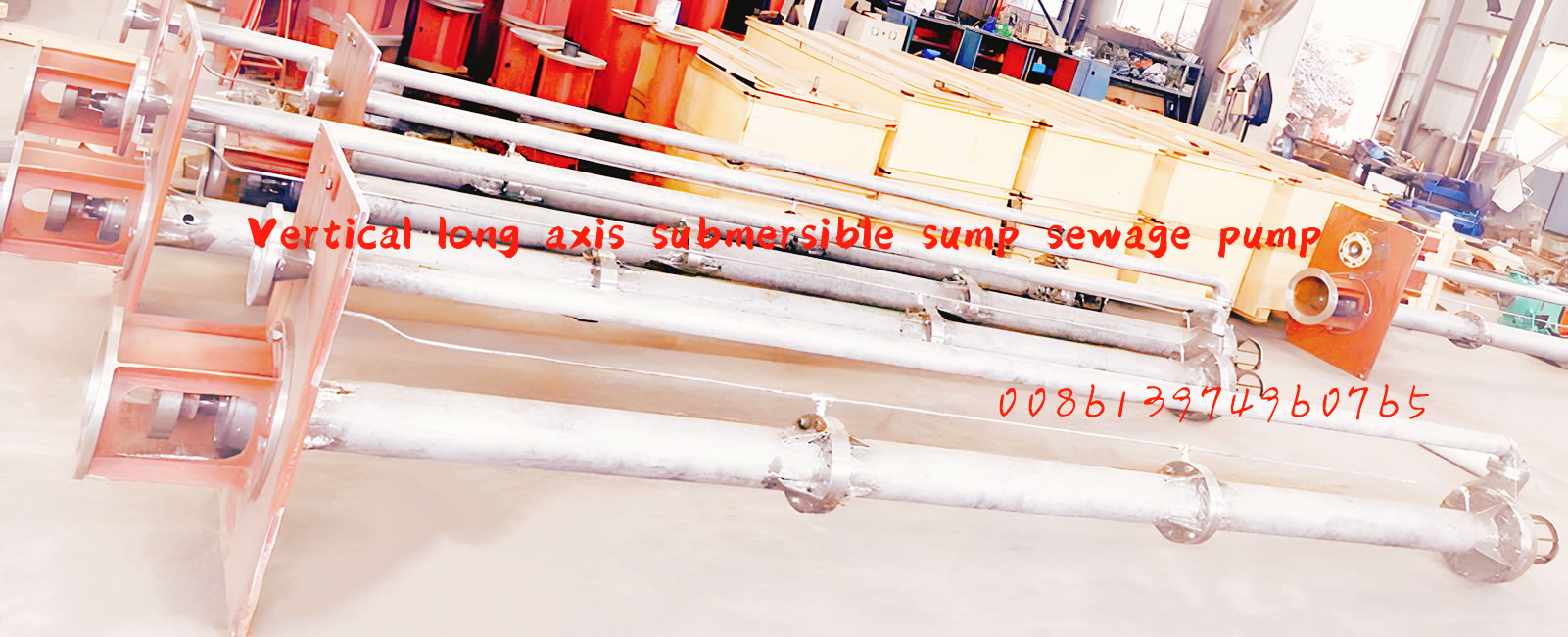
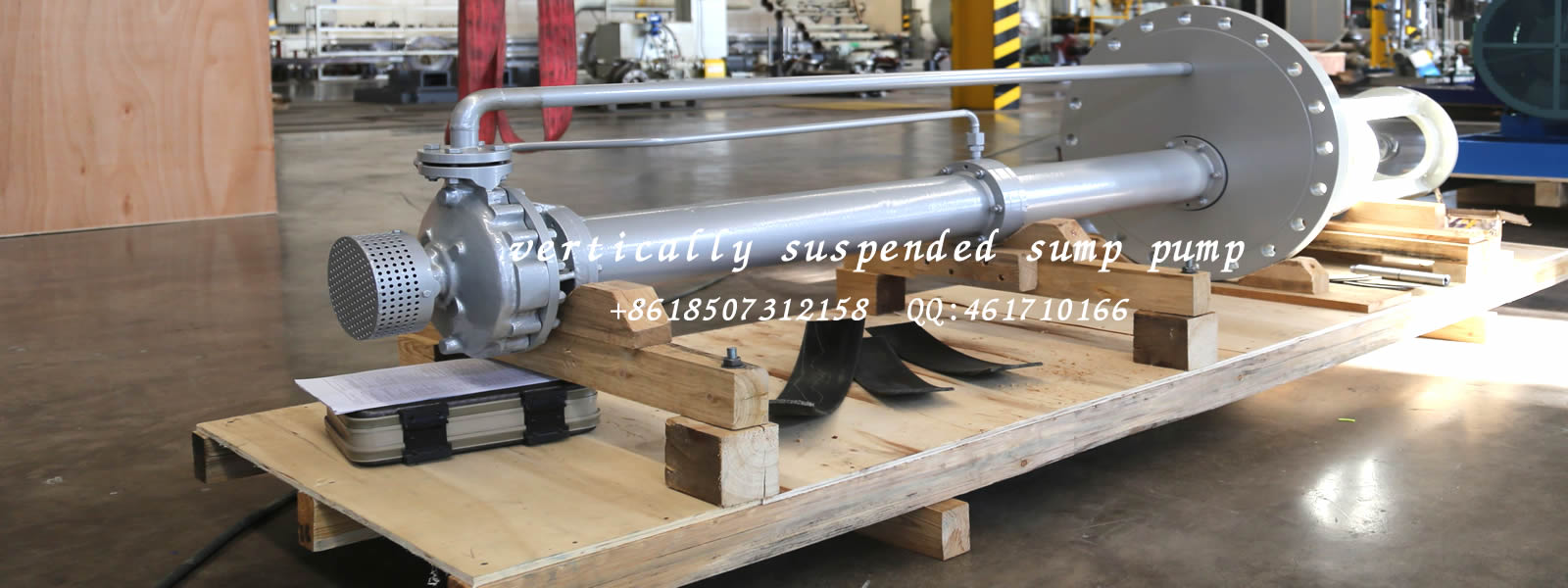
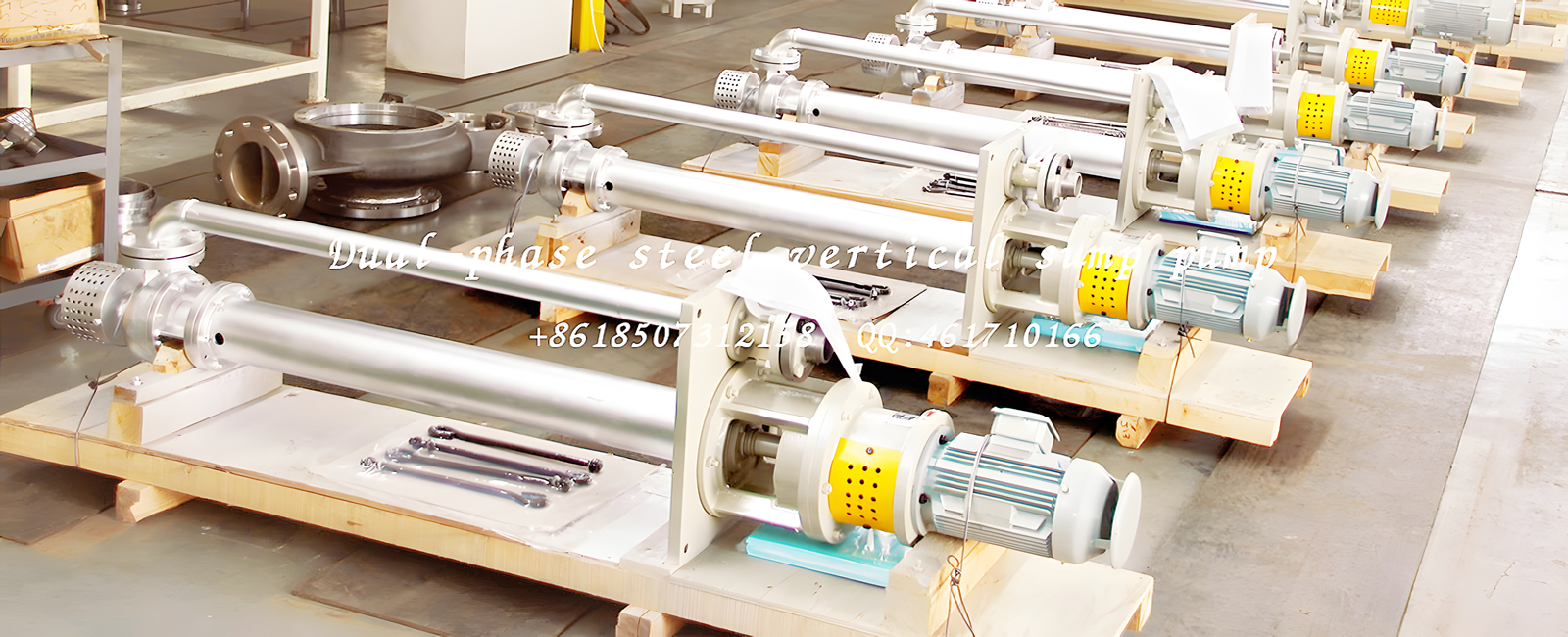
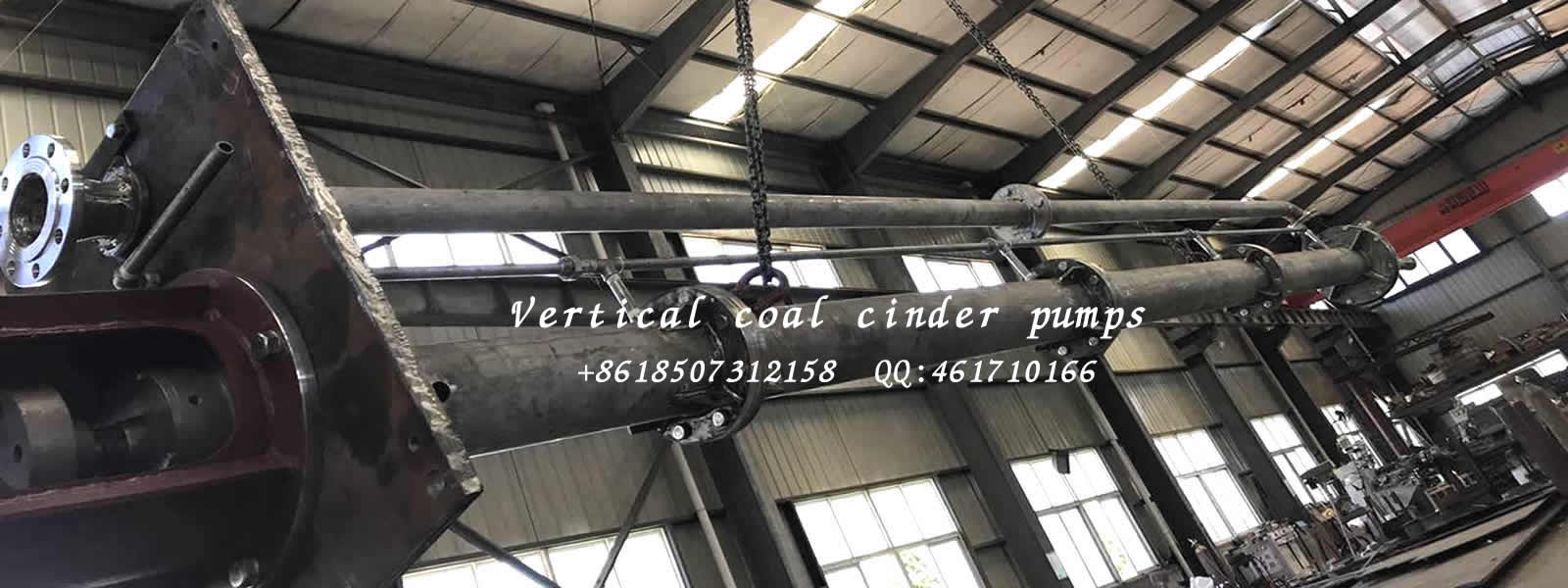


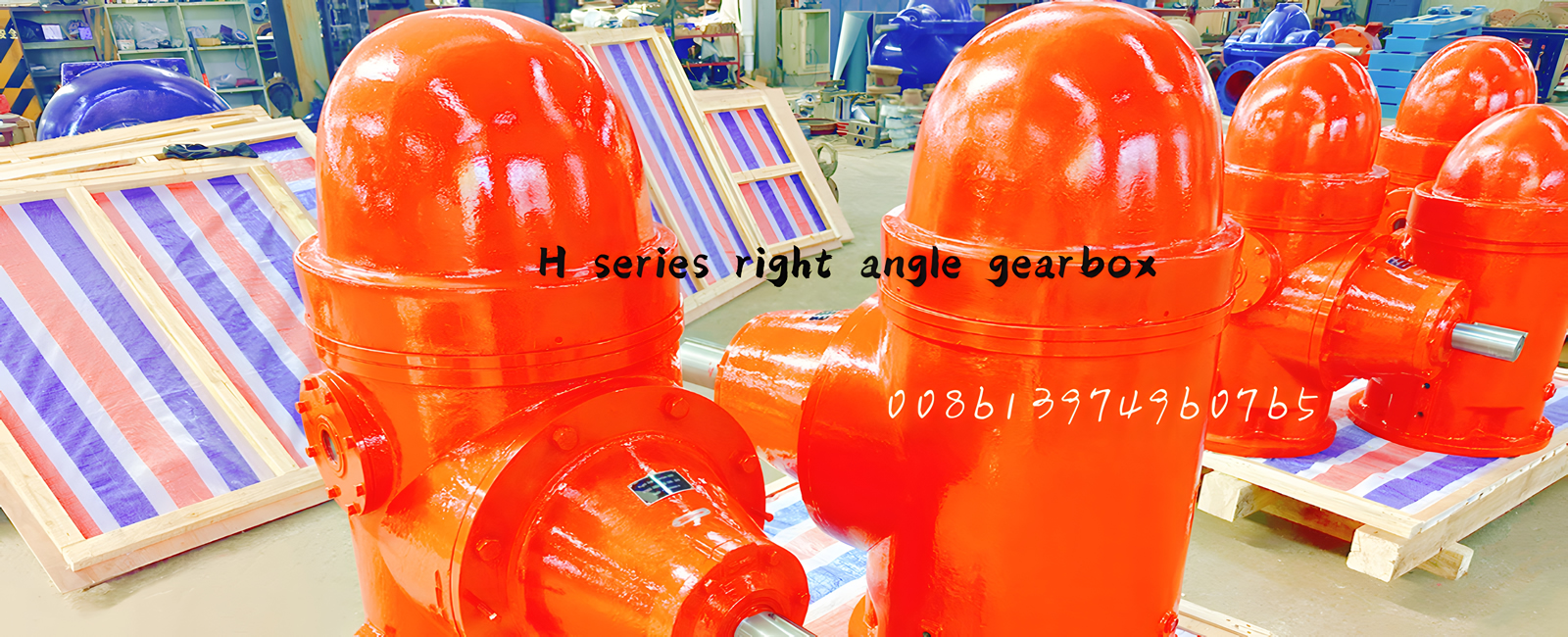

 QQ
QQ